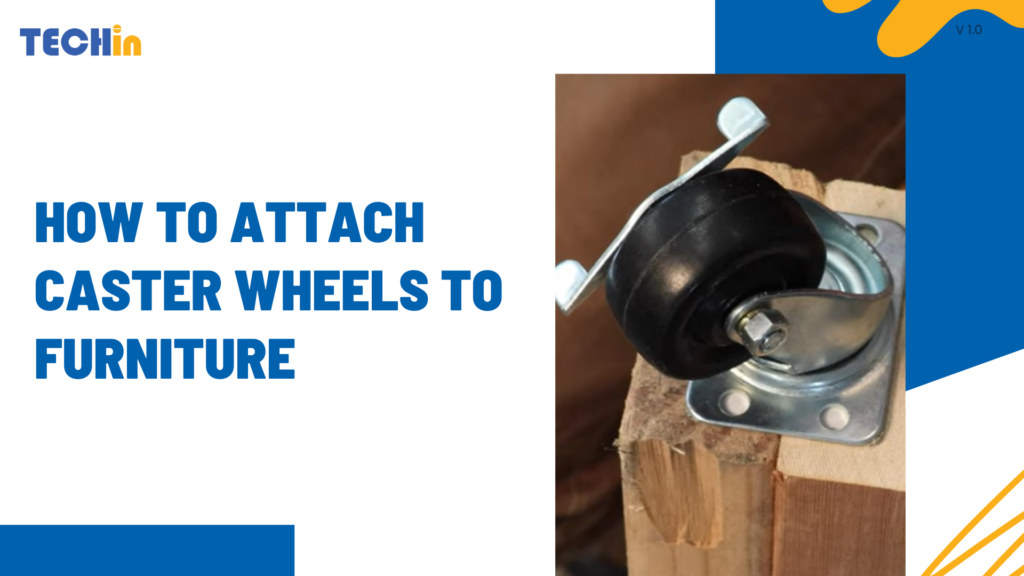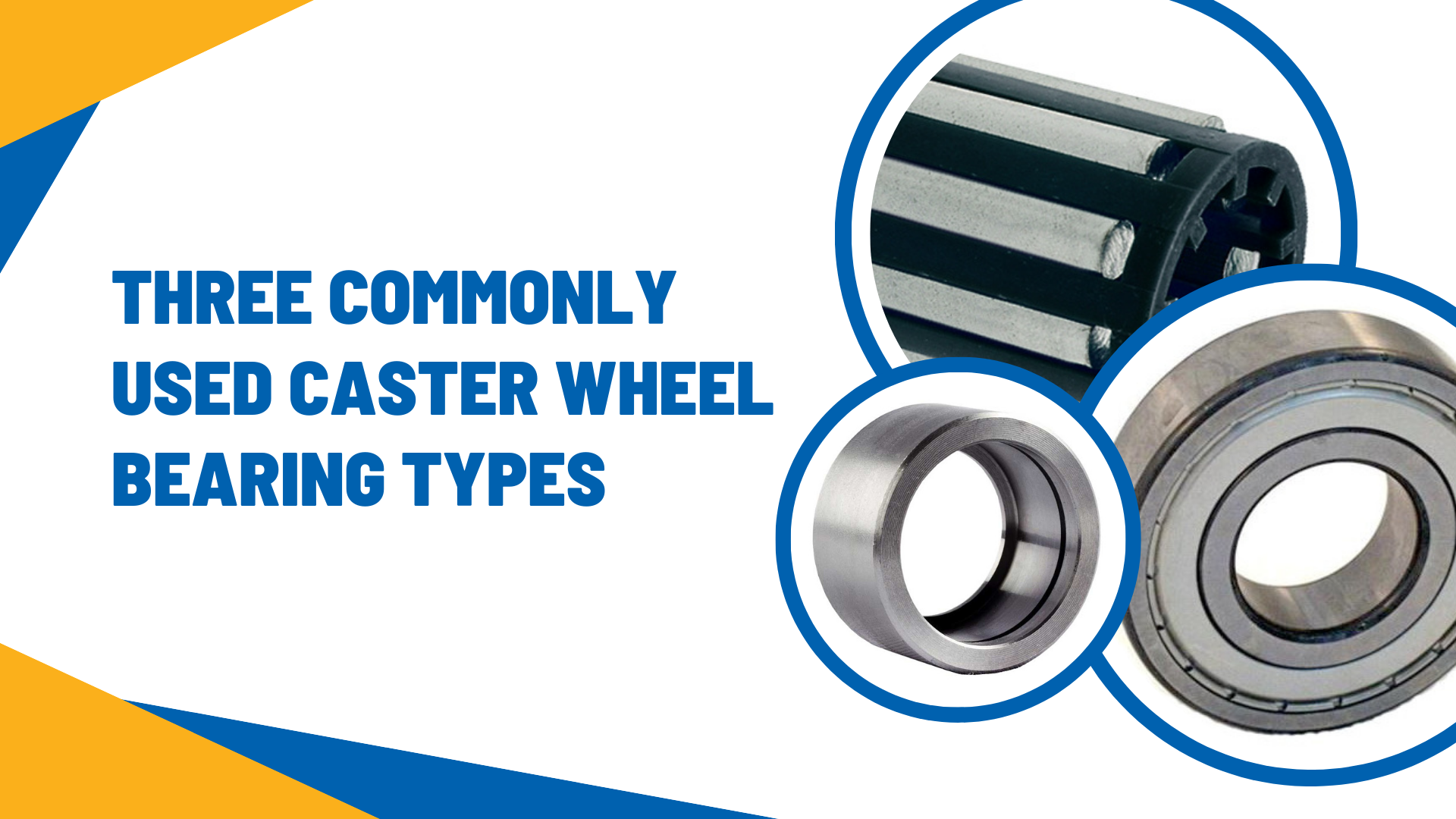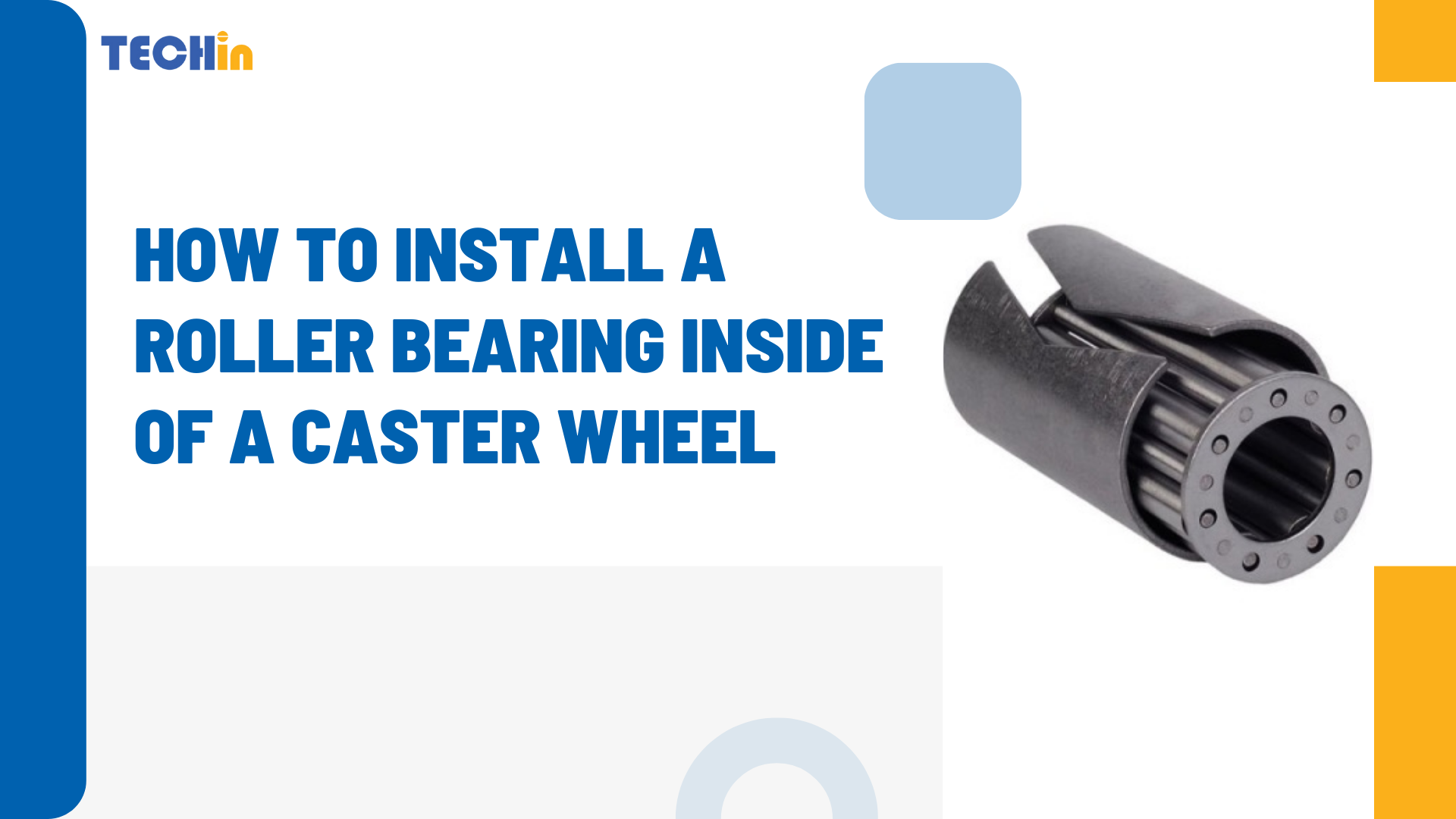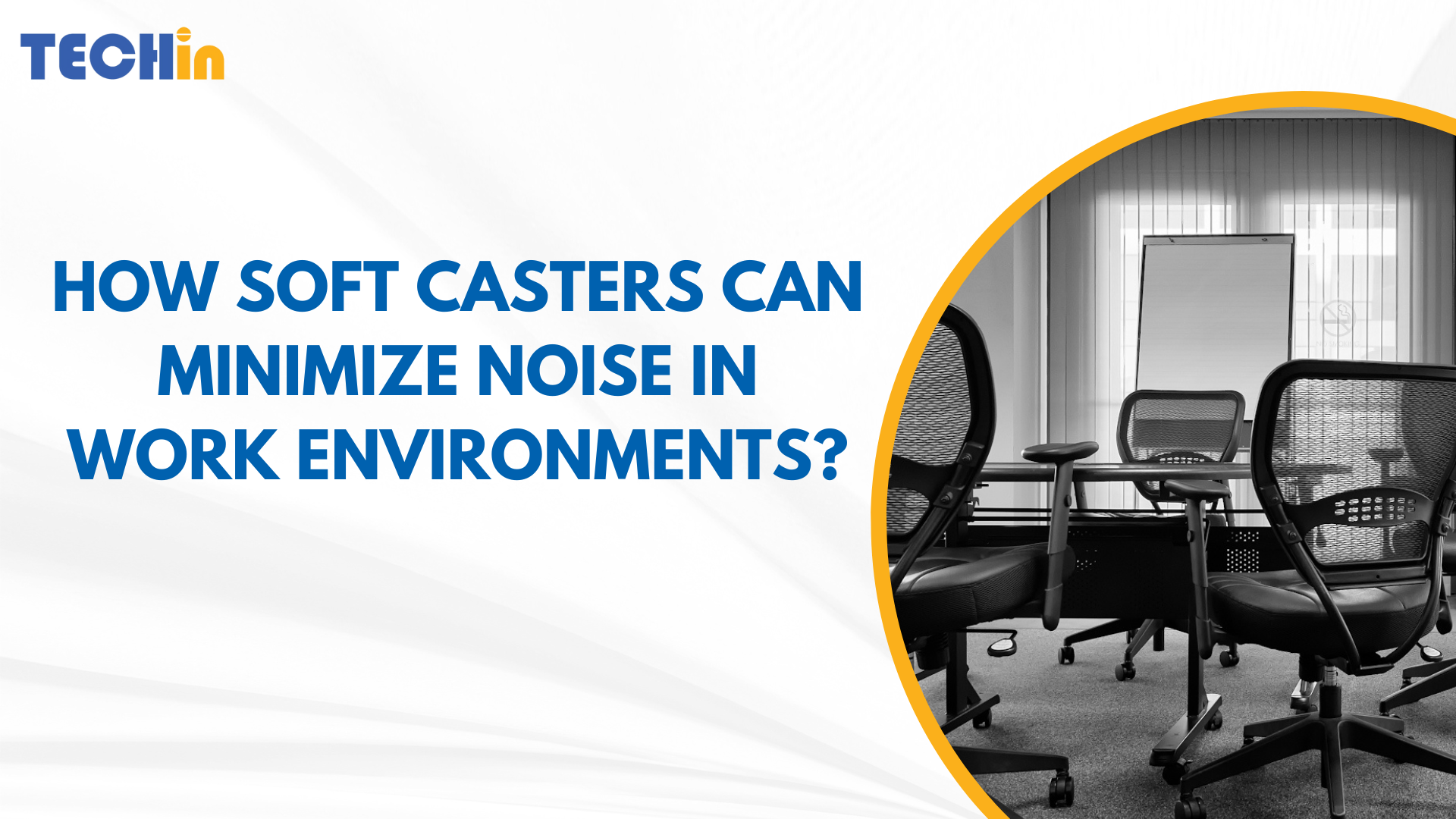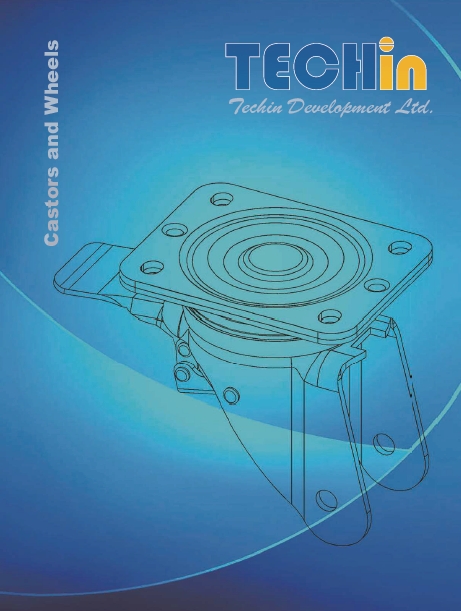Adding caster wheels to your furniture is a great way to make heavy or stationary items easier to move. Whether you want to improve mobility for cleaning, rearranging your living space, or just make life more convenient, adding caster wheels can transform your furniture. In this detailed guide, we’ll cover everything you need to know about selecting and installing caster wheels to make sure your furniture rolls smoothly and stays secure.
To attach caster wheels to your furniture, first, choose the right type of caster for your load and furniture. Then, mark the positions for each wheel and drill holes for the screws or post casters. Attach the wheels securely and test the furniture’s movement to make sure it rolls smoothly. This step-by-step guide will help you easily upgrade your furniture with mobility.
Now that we’ve covered the basics, let’s dive deeper into how to select and install caster wheels based on different types of furniture and surfaces.
What Should You Consider Before Installing Caster Wheels?
Before you start the installation process, there are several critical factors to take into account. These will help you choose the right type of caster and ensure that the installation is successful:
1. Load Capacity:
- Why it matters: The load capacity is the amount of weight a single caster can handle. If you install wheels that can’t bear the weight of your furniture, they may collapse, damaging both the caster and your furniture. For example, caster wheels with a load capacity of 30 kg will work for lightweight pieces like a small nightstand, while heavy furniture like desks, bookshelves, or entertainment centers may require casters rated for 100 kg or more.
- How to calculate: To determine the required load capacity, add up the weight of the furniture and any items that will be placed on it. Divide this total by the number of casters (typically four), then multiply by 1.3 for extra safety. For example, if your furniture weighs 200 kg, and you plan to install four casters, you would need casters rated for at least 65 kg each (200 kg ÷ 4 x 1.3). You could also calculate the load capacity using our online calculator: https://techincastor.com/how-to-calculate-a-casters-load-capacity/
2. Number of Casters:
- Why it matters: The number of casters depends on the size and weight distribution of the furniture. Most furniture requires four casters, one for each corner, but larger or unusually shaped items may require additional casters to ensure even weight distribution and prevent tipping.
3. Wheel Size:
- Why it matters: Larger wheels generally offer better performance, especially on uneven surfaces like carpets or rugs. Smaller wheels may be sufficient for smooth floors but can struggle with thicker carpeting or uneven floorboards. Larger wheels also tend to support heavier loads better and are less prone to getting stuck.
4. Fixing Method:
- Types of fixing methods: Casters typically come with one of two fixing methods:
- Screw-On Plate Casters: These have a flat metal plate that screws directly onto the furniture.
- Post or Stem Casters: These have a stem that fits into a drilled hole in the leg of the furniture.
- How to choose: The choice between screw-on and post casters depends on the structure of your furniture. Flat-bottomed furniture like bookshelves or tables are usually better suited for screw-on casters, while furniture with legs often benefits from post casters.
By considering these factors, you can choose the right casters to suit your furniture and intended use.
What Tools Do You Need to Attach Caster Wheels?
Once you’ve selected your caster wheels, you’ll need the proper tools to ensure a smooth installation. Here’s a checklist of tools to gather before you start:
- Drill: A power drill is essential for making pilot holes and securing screws or bolts. Ensure you have the correct drill bits, usually around ¼ inch for most casters.
- Drill Bits: Choose a bit slightly smaller than the screw or post diameter to ensure a snug fit.
- Screws or Bolts: These will either come with your caster wheels or will need to be purchased separately. Ensure they are strong enough to support the weight.
- Pencil: Use this to mark the positions for the caster wheels before drilling.
- Tape Measure: A tape measure ensures your casters are evenly spaced, which is key to balanced movement.
- Spirit Level: This helps ensure that your furniture is level after installation, preventing uneven rolling.
- Screwdriver: If you’re using screw-on casters, a screwdriver will be needed to secure the screws.
- Rubber Mallet: This tool can gently tap post casters into place without damaging the furniture.
Having these tools on hand will make the installation process easier and help you avoid common issues like misaligned wheels or weakened furniture.
How to Install Caster Wheels on Furniture? (Step-by-Step Guide)
Follow these detailed steps to install caster wheels on any type of furniture. This process works for both post and screw-on casters, with slight variations as noted:
1. Prepare the Furniture:
Flip your furniture upside down so you have access to its base or legs. Use a soft cloth or blanket to protect any finished surfaces.
Ensure that the furniture is steady and won’t move while you’re working. For heavier pieces, ask someone to assist you in flipping the furniture to avoid injury or damage.
2. Mark the Wheel Positions:
Using your tape measure, decide where to place each caster. Typically, you’ll install one caster at each corner, but if the furniture is long or particularly heavy, consider placing additional casters at the center points for extra support.
Mark each position with a pencil. Ensure that the caster placement allows the furniture to remain balanced when upright.
3. Drill Pilot Holes:
- For screw-on casters, drill small pilot holes in each marked position. This prevents the wood from splitting and ensures that your screws go in straight.
- For post casters, drill a hole deep enough to accommodate the length of the caster stem. Use a drill bit that matches the diameter of the post to ensure a snug fit.
4. Attach the Casters:
- Screw-On Casters: Line up the caster’s plate with the pilot holes and screw the caster into place. Ensure all screws are tightly secured to avoid wobbling.
- Post Casters: Insert the caster stem into the drilled hole. You may need to gently tap it into place using a rubber mallet. Make sure the caster is seated securely without forcing it.
5. Test the Stability:
Once all casters are attached, carefully flip the furniture back to its upright position. Gently test the movement by rolling the furniture. If one caster doesn’t touch the ground or the furniture wobbles, adjust the placement or add a shim to correct the alignment.
How to Install Different Types of Casters?
There are two main types of casters you may use, and each requires a slightly different approach to installation:
Post or Stem Casters:
These casters have a stem that fits into a pre-drilled hole. They are commonly used for furniture with legs, such as chairs or tables. To install, drill a hole in the furniture leg that matches the size of the caster stem, insert the stem, and tap it into place with a rubber mallet. Make sure the caster is secure and doesn’t wiggle.
Screw-On Plate Casters:
These casters have a flat metal plate with holes for screws. These are commonly used for furniture with flat bottoms, such as shelves or dressers. To install, mark the plate’s position, drill pilot holes, and secure the plate with screws. Ensure that the plate is flush against the furniture base and the caster rolls smoothly.
Each caster type comes in both fixed and swivel varieties. Swivel casters allow for multi-directional movement, while fixed casters only move in a straight line. Choose swivel casters for more flexibility, particularly on chairs or carts.
How Do You Install Caster Wheels on Wooden and Metal Furniture?
When working with different materials, there are a few extra considerations to keep in mind:
Wooden Furniture:
Wooden furniture is often lightweight, but it can split if you’re not careful when installing casters. Reinforce the corners by adding small blocks of wood inside the furniture frame to provide a solid base for the screws. This is especially important for flat-pack or assemble-it-yourself furniture.
Always pre-drill pilot holes to prevent the wood from splitting.
Metal Furniture:
Metal furniture requires a different approach, as it usually involves drilling through the metal legs or frame. You will need metal drill bits and bolts rather than screws.
For the most secure attachment, use bolts and lock nuts. Insert the bolt through the caster’s mounting plate and the pre-drilled hole, then secure it with a lock nut on the opposite side of the metal leg. This prevents the casters from loosening over time.
How to Ensure the Casters are Secure and Aligned Properly?
Once the casters are installed, it’s important to double-check their alignment and security:
- Use a Spirit Level:
Place a spirit level across the furniture to ensure it’s balanced. Poor alignment can cause wobbling, making the furniture harder to move and putting extra strain on the casters.
2. Check for Even Ground Contact:
Roll the furniture to ensure all wheels touch the ground equally. If one wheel is higher or lower than the others, adjust it or add a shim under the caster plate to level the furniture.
3. Tighten Screws and Bolts:
After moving the furniture, check that the screws or bolts haven’t loosened. If they have, tighten them to ensure stability.
How to Choose the Right Caster Wheels for Heavy Furniture?
For heavy or bulky furniture, follow these tips to ensure you’re using the right casters:
- Check the Load Capacity: As discussed earlier, heavier furniture requires casters with higher load capacities. Always overestimate the weight to ensure the casters can handle the load without breaking.
- Use Larger Wheels: Larger wheels distribute weight more effectively, reducing strain on the wheels and making it easier to move the furniture over different surfaces.
- Choose Locking Casters: For safety, especially with heavy furniture, consider using casters with a locking mechanism. Locking casters keep your furniture stationary when needed, preventing it from rolling unintentionally.
How to Maintain and Check Caster Wheels After Installation?
Regular maintenance ensures that your caster wheels continue working properly. Here are a few tips:
- Inspect for Wear: Check the wheels regularly for cracks or wear, especially if the furniture is frequently moved or holds heavy items. Damaged wheels should be replaced immediately to prevent damage to floors or the furniture.
- Tighten Fastenings: Over time, screws or bolts may loosen, particularly if the furniture is moved often. Regularly tighten them to maintain the stability of the casters.
- Clean the Wheels: Debris can accumulate around the wheels, making them harder to roll. Clean them periodically with a cloth to remove dust and dirt.
Summary
Attaching caster wheels to your furniture is a practical and easy way to improve its mobility and functionality. By considering factors like load capacity, caster type, and proper installation techniques, you can turn your furniture into mobile, versatile pieces. With regular maintenance, your caster wheels will last for years, making your life easier whether you’re cleaning, rearranging, or just making your space more flexible

